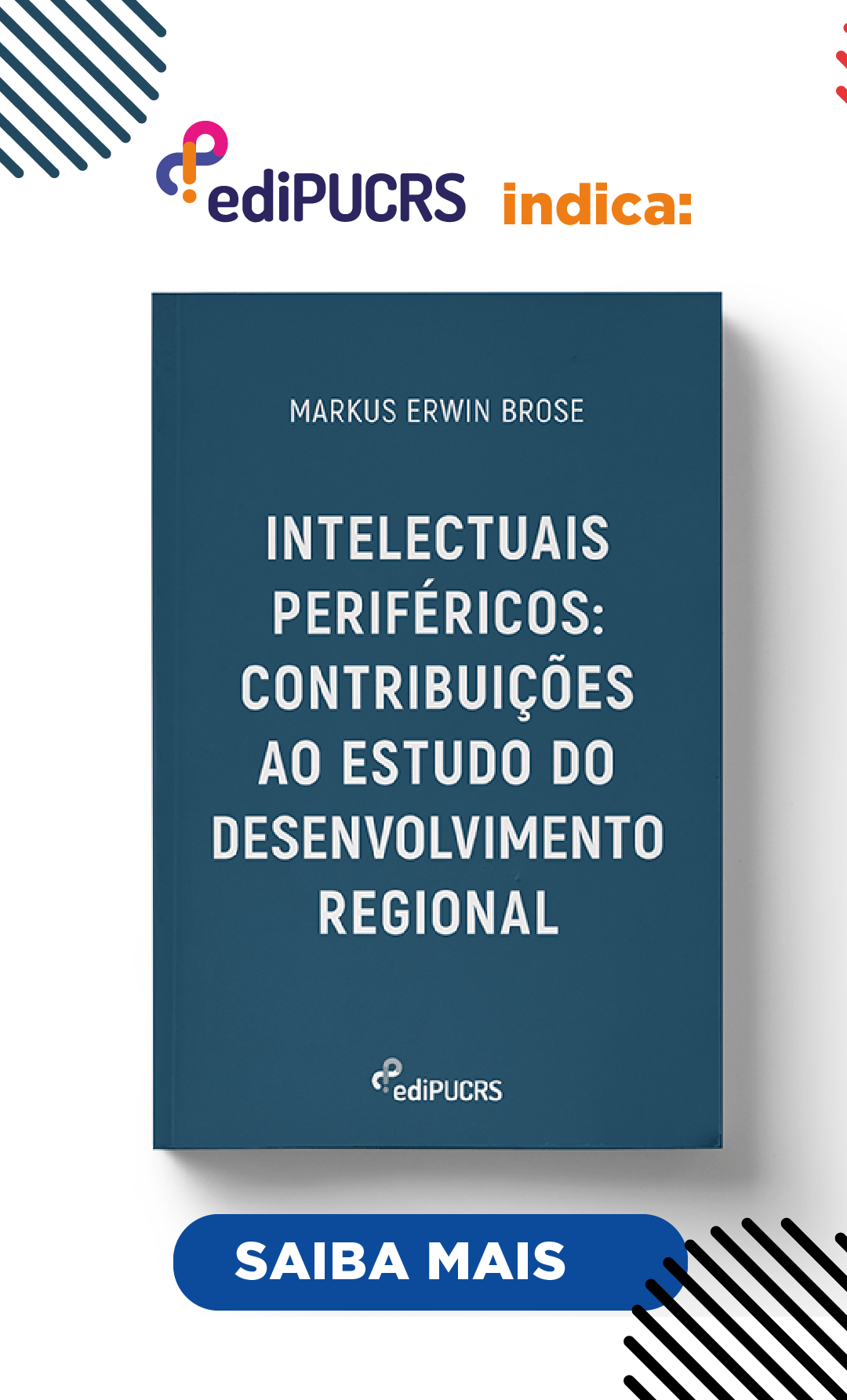The space of the unwanted: the circularity of stigma representation in a shopping center in Porto Alegre
DOI:
https://doi.org/10.15448/1984-7289.2012.3.13017Keywords:
social representations, stigma, consumption habits, organizational cultureAbstract
This article comes from an ethnographic study about the construction of social representations in the context of a commercial center in Porto Alegre, where the acquaintanceship of different groups reveals stigmatized notions of common sense, which incorporates themselves to the organizational culture. One of the first findings is that the organization suffers the influence of representations that circulate in society which can identify groups that converge to the space as “good goers” and “bad goers”. It is noticed that the organization produces new representations, sometimes full of negative and stigmatizing significations, what configures hierarchies of symbolic power among its goers. Equally, society produces representations about the space and its goers that integrates common sense notions and influences organizational performance. Finally, this work intends to contribute to the studies of cultural organization, as it reveals social representations that are fundamental to construction of speeches and institutionalization of organizational practices.Downloads
Download data is not yet available.
Downloads
Published
2013-01-17
How to Cite
Figueiredo, M. D. de, & Cavedon, N. R. (2013). The space of the unwanted: the circularity of stigma representation in a shopping center in Porto Alegre. Civitas: Journal of Social Sciences, 12(3), 579–594. https://doi.org/10.15448/1984-7289.2012.3.13017
Issue
Section
Articles
License
Copyright (c) 2016 Civitas – Journal of Social Sciences

This work is licensed under a Creative Commons Attribution-NonCommercial-NoDerivatives 4.0 International License.
The submission of originals to this journal implies the transfer by the authors of the right for printed and digital publication. Authors retain copyright and grant the journal right of first publication. If the authors wish to include the same data into another publication, they must cite this journal as the site of original publication. As the journal is of open access, the articles are allowed for free use in scientific and educational applications, with citation of the source (please see the Creative Commons License at the bottom of this page).




